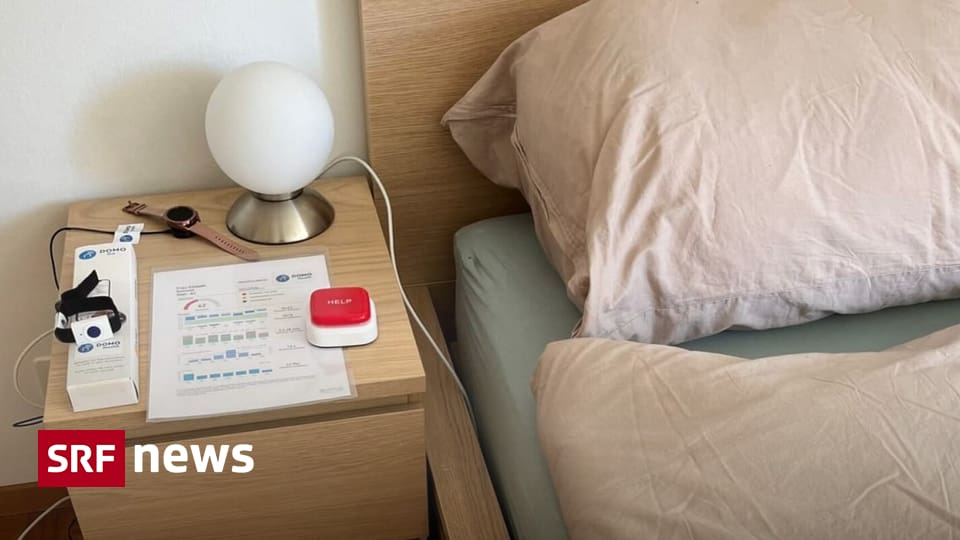1/12
Pope Emeritus Benedict XVI. Set in Rome.
Pope Emeritus Benedict XVI. († 95) was erected two days after his death in St. Peter’s Basilica in Rome. Just after 9 a.m. Monday, the Vatican opened the doors of the basilica and let in people who had been waiting outside.
The public can now say goodbye to Pope Emeritus Benedict, whose real name was Joseph Ratzinger. People were waiting to enter the temple since early morning. A long queue around St Peter’s Square. “I want to say goodbye to him,” said one believer from Germany, who had been queuing since the night.
Some wait since night for admission. At the church, many pulled out their smartphones for snapshots. Others prayed for Papa Emeritus. The Vatican gendarmerie estimated that about 40,000 people had arrived at the cathedral by 2 p.m.
Funeral on Thursday
Italian Prime Minister Giorgia Meloni was among the first to offer condolences. President Sergio Mattarella was in the basilica just before 9am. The gates of St. Peter’s Basilica are open for visitors on Mondays until 7 pm, and on Tuesdays and Wednesdays people can visit the church from 7 am to 7 pm.
Born in Bavaria, he died on Saturday at the age of 95 at his home in the Vatican and was later laid to rest in the inner chapel of the Mater Ecclesia monastery – wearing a red papal vestment and a rosary in hand.
On Thursday, Pope Francis, Benedict’s successor, wants to hold the funeral in St. Peter’s Square. According to official reports, up to 60,000 people are expected to attend the request, which Benedict wanted to keep simple. Then Benedict XVI. He was buried in the crypt of St. Peter’s Basilica – the tomb that housed the remains of his predecessor, John Paul II, who were moved to another location in the basilica after his canonization.
Pope John Paul II was buried in the crypt after his death in 2005. A few years later, his remains were brought next to the Pieta Michelangelo in St. Peter’s Basilica, which is why his tomb was opened in the grottoes.
“A Faithful Servant of the Church”
During the New Year’s Eve and New Year celebrations, Pope Francis paid tribute to his predecessor as a “faithful servant” of the Church. Last Wednesday, during a public audience in the Vatican’s audience hall, Francis called for prayer for the gravely ill Father Emeritus – thus first drawing attention to his deteriorating health.
As it later became known, Benedict received the Anointing of the Sick on that December 28 – popularly known as the Last Supper. The Vatican reported that his condition, although critical, has since stabilized. He finally died on New Year’s Eve, causing great sympathy worldwide. His last words were said to be “Lord, I love you,” as Vatican spokesman Matteo Bruni and the Vatican media website “Vatican News” later reported.
After Benedict’s death, Francis first visited his residence and prayed over his lifeless body. Cardinals and other church officials later came to bid farewell to the former head of the Congregation for the Doctrine of the Faith. In recent years, since his voluntary resignation in 2013, the first papacy in more than 700 years, Benedict has remained largely secluded in a monastery in the Vatican garden, where his private secretary Georg Conswein has looked after him.
Critics complained about the conservative trend
The dealings between Benedict and his successor were considered honorable, if not easy. Joseph Ratzinger was the first German pope in over 480 years. After his death, clergymen and politicians hailed him as a brilliant theologian. However, critics bemoaned the conservative trend during his tenure as head of the church – a trend that paralleled that of his Polish predecessor John Paul II.
Benedict XVI opposed the modernization of the Church, which brought him a lot of criticism. His tenure was marred by an abuse scandal that plunged the Catholic Church into deep crisis. Even after his resignation, his past and his handling of abuse cases came back to haunt him. An abuse report commissioned by the Munich archbishop accused him of misconduct in four cases during his tenure as archbishop of Munich and Freising in early 2022. Shortly after the publication of the report, Benedict had to edit a report through his private secretary Conswein.
It was Benedict who paved the way for the prosecution of abuse in the Church during his tenure as president of the influential Congregation for the Doctrine of the Faith, Cardinal Ratzinger. However, his more than 20-year tenure in the most important Vatican position was characterized by hardline positions on issues such as contraception, abortion and celibacy, which many believers, particularly in Europe, rejected. In other parts of the Catholic world church, for example in countries in Africa and Latin America, his order gained wide support. (SDA)

“Wannabe pop culture fanatic. Zombie advocate. Entrepreneur. Internet evangelist. Alcohol fanatic. Typical travel buff.”





More Stories
Choosing the Right Quality Management Software for Your Industry
If guests bring items: Can shower gel be packed from the hotel?
Digital Technologies for the Elderly: Increasing Aging at Home – News